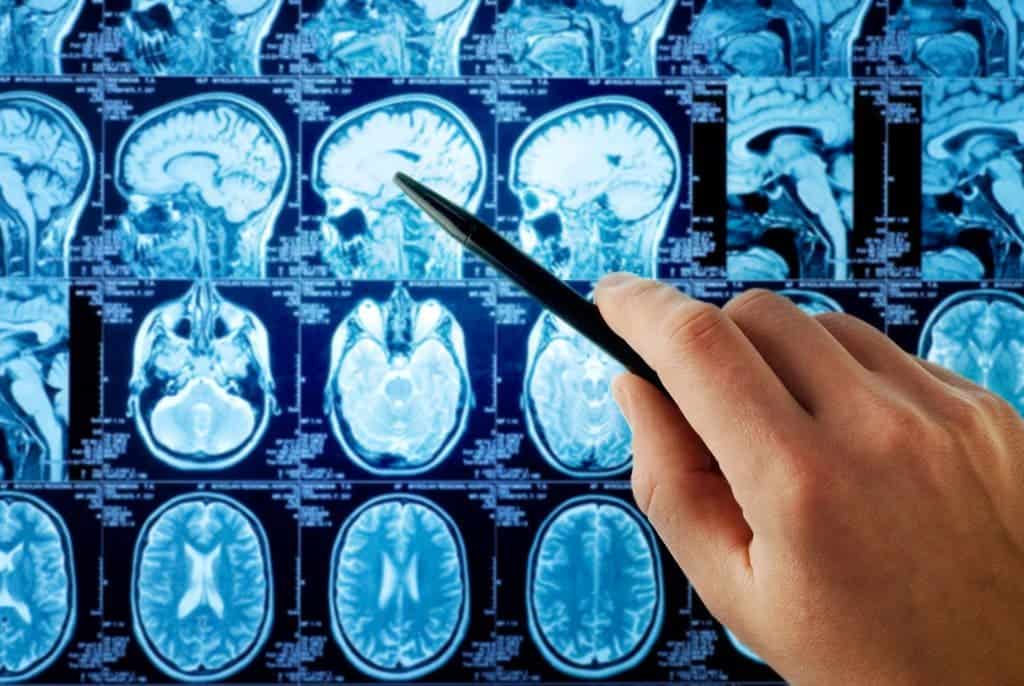Among the many tools it has in its arsenal, cancer is also very good at hiding – so good that according to a study, we miss 7% of cancers even when we have an X-Ray. But a company is looking to change all that an employ the help of accurate computer algorithms.

“In one panel of scans that we looked at, when you look at the number of times that radiologists sent someone home with a clean bill of health, about 7% of the time that patient was ultimately found to have cancer,” said John Zedlewski, a data scientist with Enlitic, a medical technology company.
When they tried their software against the same batch, it didn’t miss any of the cancers.
The technology uses machine learning, a version of artificial intelligence. Machine learning relies on pattern recognition and explores the construction and study of algorithms that can learn from and make predictions on data. In this particular case, the machine takes information from one patient — whether it’s a CT scan, an X-ray or details about, say, a tumor — and then converts it into a mathematical representation. It then adds it to its database, and if it does this enough times and gathers enough data, it can identify cancer patterns on its own. Think of it as a type of crowdsourcing for symptoms – the more people it analyzes, the better it gets at its job.
But the problem is that accessing all this data isn’t the easiest thing in the world. Individual hospitals have their own data-keeping practices, which may be significantly different. Vast amounts of data are locked in servers, lockers or so-called “data silos” which are difficult to access.
“Physicians are not very good in breaking those silos, ” Dr. Igor Barani, Enlitic’s chief medical officer, said in an interview. “We need systems that actually mine this data and help us interpret it in a more meaningful way.”
To make things even more complicated, many hospitals use paper to keep their records. Digitizing all that would take monumental amounts of work, and many patients have their data scattered at more than one hospital or department.
“A lot of older people have seven, eight doctors. All those charts are scattered in the wind and don’t really talk to each other,” said Dr. Ajay Choudri, a radiologist who advises Enlitic. “The first part of getting a massive computer involved in managing people is to get all the data in one spot.”
But Enlitic is confident in their ability. They already secured $3 million more in funding and they’re putting what they have together – radiology, pathology, genomic, electronic medical records and more. They believe that the technology will be viable on a large scale in only a couple of years, and many lives will be saved.


